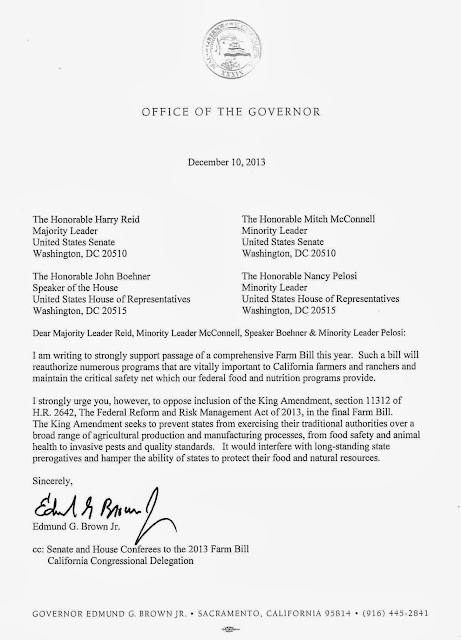USDA FARM STORAGE LOANS AVAILABLE
- New conventional-type cribs or bins, oxygen-limiting and other upright silo-type structures, and flat-type storage structures designed for whole grain storage
- Perforated floors, safety equipment, quality improvement equipment, electrical equipment and concrete components considered essential for a fully functional storage facility
- Remodeling existing storage facilities to increase storage capacity.














